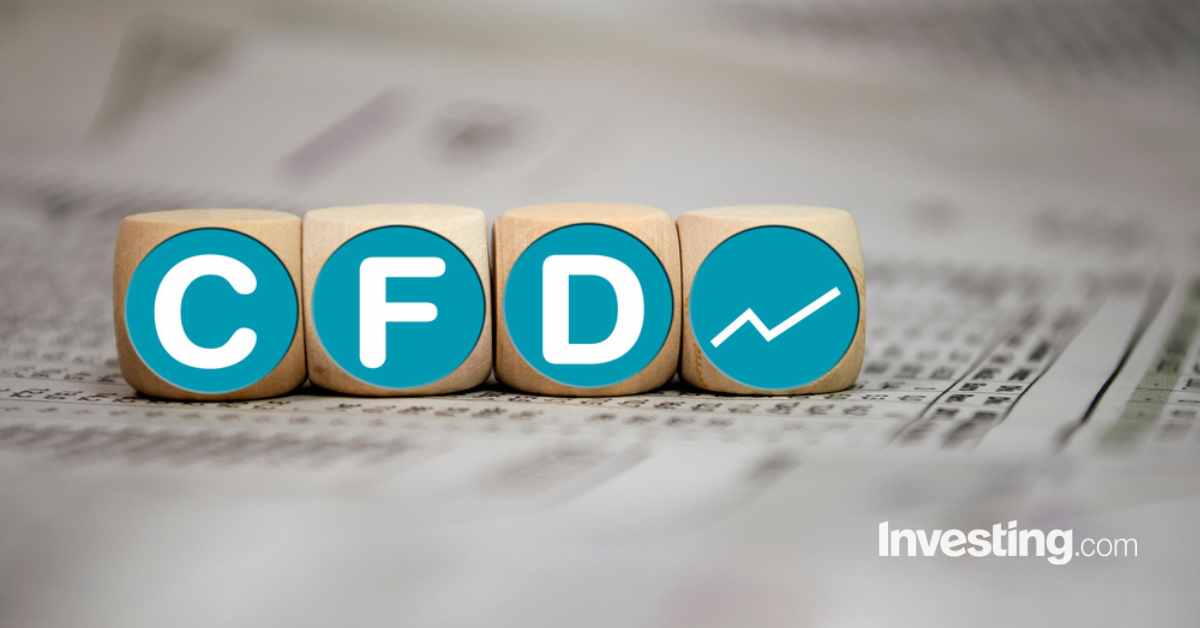
In today’s fast-paced market, understanding what is best cfd trading platform https://bestbrokercfd.com/ can make all the difference for both novice and seasoned traders alike. Contracts for Difference (CFDs) are complex financial instruments that allow traders to speculate on price movements without owning the underlying asset. In this article, we delve deep into the world of CFD trading, discussing its advantages, risks, and the best practices to adopt for effective trading.
What is CFD Trading?
CFD trading involves trading contracts that track the price of an asset, such as stocks, indices, commodities, or currencies. Rather than purchasing the asset itself, traders enter contracts with brokers to exchange the difference in the asset’s price from when the contract is opened to when it is closed. This mechanism allows for both profit and loss, depending on the market’s performance.
Advantages of CFD Trading
One of the primary attractions of CFD trading is leverage. Traders can control significant positions with a relatively small capital outlay. For instance, with leverage of 1:10, a trader can control $10,000 worth of assets with just $1,000 in their trading account. However, while leverage amplifies potential gains, it equally heightens the risk of significant losses.
1. Accessibility
CFDs offer access to a wide range of financial markets which were previously hard to reach for individual traders. This includes forex, commodities, indices, and equities, giving traders the opportunity to diversify their portfolios.
2. Short Selling
Another advantage of CFD trading is the ability to go short. Traders can profit from declining prices by selling a CFD before buying it back at a lower price, a capability not available with conventional asset trading.
3. No Ownership of Assets
Since traders do not own the underlying assets, CFDs are a more flexible trading option. This means that costs associated with ownership, such as storage and insurance in the case of physical commodities, do not apply.
Risks of CFD Trading
With the potential for high rewards also comes significant risks. Some of the risks associated with CFD trading include:
1. Leverage Risks
While leverage increases potential gains, it can just as easily amplify losses. Traders can lose more than their initial investment, leading to margin calls from brokers, where they must deposit more funds to maintain their positions.
2. Market Volatility
CFDs are subject to market fluctuations, and prices can move dramatically in very short time frames. This can make it challenging to execute trades at the expected price levels.
3. Broker Risks
Selecting a reputable broker is crucial in CFD trading. Poor execution, high spreads, and lack of transparency can lead to unfavorable trading experiences and increased costs.
Choosing the Best CFD Trading Platform
Finding the best CFD trading platform is essential for a successful trading experience. Here are key factors to consider when choosing a platform:

1. Regulation and Security
Ensure that the broker is regulated by a legitimate authority. Regulatory bodies impose rules to protect traders and their funds, which can provide peace of mind.
2. User-Friendly Interface
The platform should be intuitive and easy to navigate for both beginners and experienced traders. This ensures that traders can execute their strategies efficiently without technical difficulties.
3. Range of Assets
Look for a platform that offers a wide range of CFD assets. This allows for effective diversification and the ability to adapt to market changes.
4. Trading Costs
Be aware of spreads, commissions, and other trading costs associated with the platform. Lower costs can significantly impact overall profitability.
5. Customer Support
Reliable customer support is essential for resolving any issues that may arise. A good broker should offer multiple channels for support, including live chat, email, and phone assistance.
Best Practices for CFD Trading
To maximize success in CFD trading, consider implementing these best practices:
1. Educate Yourself
Knowledge is power when it comes to trading. By studying market trends, technical analyses, and trading strategies, you can make more informed decisions.
2. Develop a Trading Plan
A well-defined trading plan outlines your trading goals, risk tolerance, and strategies. Sticking to this plan can help mitigate emotional decision-making during volatile market conditions.
3. Practice Risk Management
Effective risk management strategies are crucial. This can include setting stop-loss orders to limit potential losses. Never risk more than a small percentage of your trading capital on a single trade.
4. Start Small
Begin with a demo account or small positions to practice your strategies without taking on significant risk. Gradually increase your exposure as you gain confidence and experience.
Conclusion
Understanding what is best CFD trading requires a comprehensive knowledge of the market dynamics, effective strategies, and risk management techniques. While the potential rewards are significant, the risks necessitate a carefully considered approach to trading. By selecting the right broker, developing a robust trading plan, and staying informed, traders can navigate the complexities of CFD trading more effectively and pave the way toward achieving their financial goals.